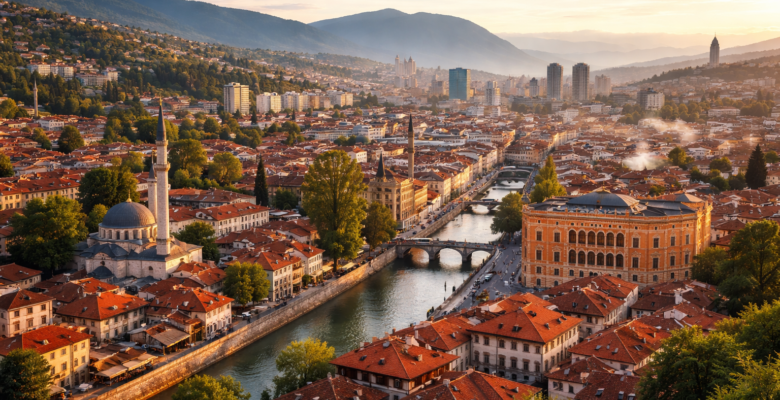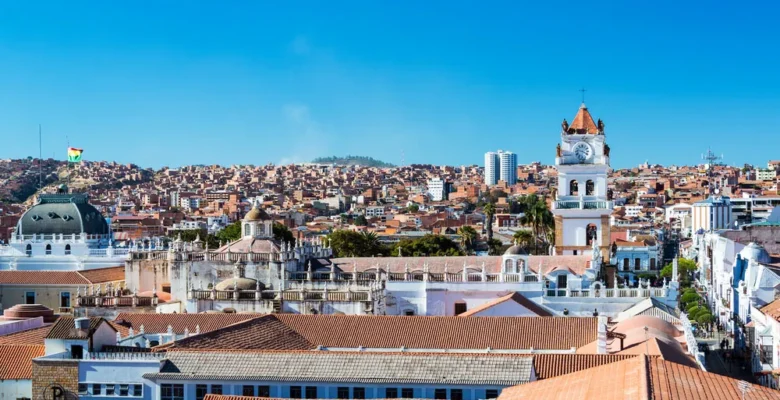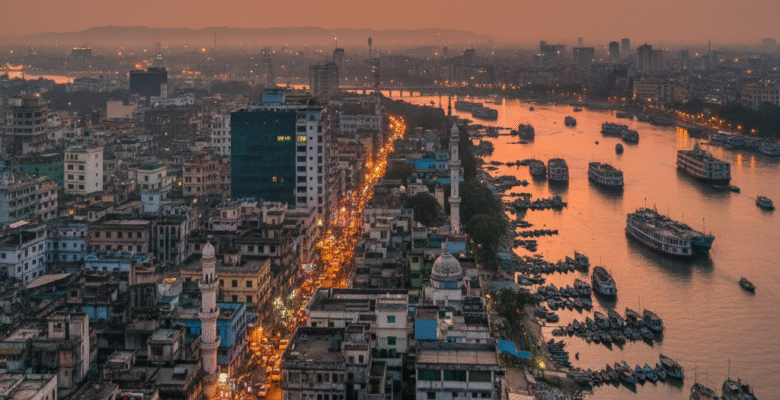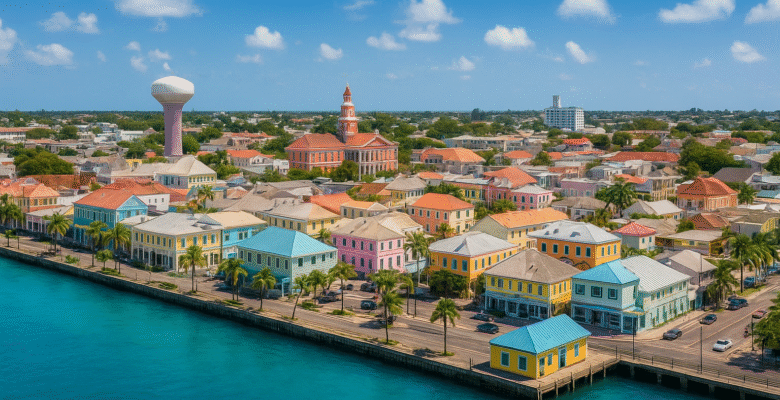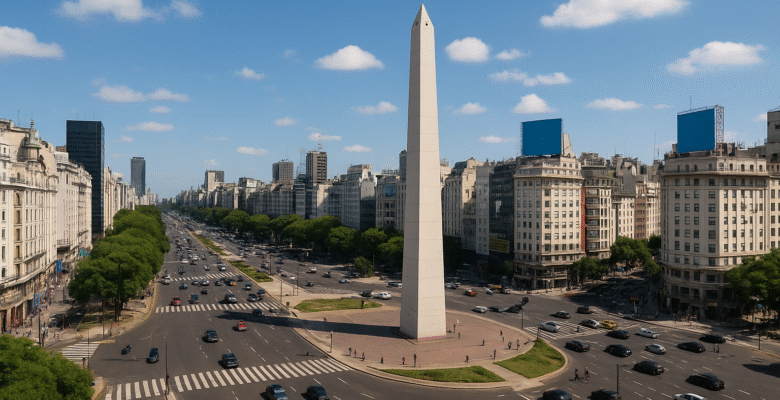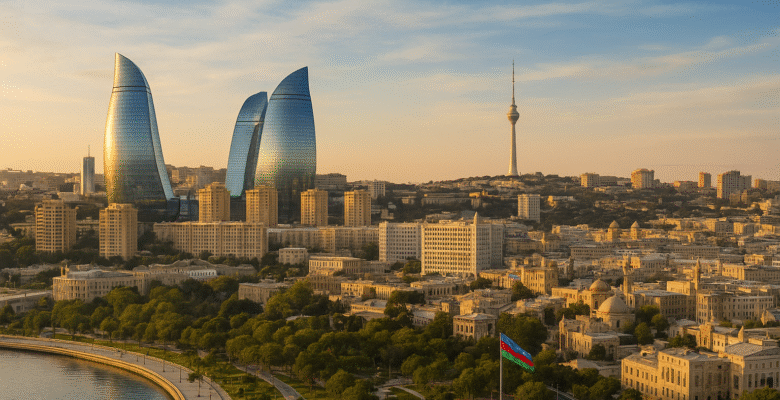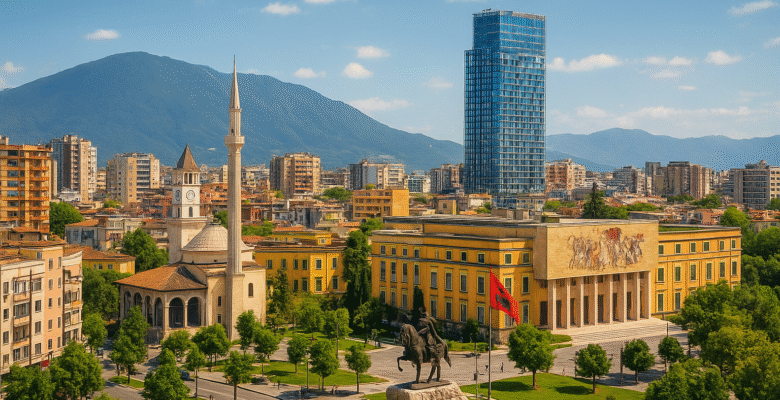
General information about Albania
General information about Albania is given here
General information about Albania
📍 General Information
Official Name: Republic of Albania (Republika e Shqipërisë)
Capital: Tirana (Tiranë)
Location: Southeastern Europe, on the Balkan Peninsula. It is bordered by Montenegro to the north, Kosovo to the northeast, North Macedonia to the east, Greece to the south, the Adriatic Sea to the west, and the Ionian Sea to the southwest.
Area: Approximately 28,748 km²
Population: ~2.8 million (2023 est.)
Official Language: Albanian (Shqip)
Currency: Lek (ALL)
Form of Government: Parliamentary Republic
Head of State: President
Head of Government: Prime Minister
🏛 History
Antiquity: The region was inhabited by Illyrians.
Middle Ages: It was ruled by the Byzantine and Ottoman Empires.
Ottoman Period: It remained under Ottoman rule from the 15th century to 1912. During this period, Islam spread throughout the region.
Independence: It declared independence from the Ottoman Empire on November 28, 1912.
20th Century: It was occupied by Italy and Germany during World War II.
Communist Period: A strict communist regime was implemented under the leadership of Enver Hoxha between 1946 and 1991. During this period, the country was largely isolated from the world.
After 1991: With the collapse of communism, a multi-party system was introduced. Democracy was adopted in 1992.
🌍 Geography
Mountainous Landscape: 70% of the country is mountainous. The Dinaric Alps and other mountain ranges extend to the north and east.
Coastlines: It borders the Adriatic and Ionian Seas (approximately 476 km of coastline).
Major Rivers: Drin, Vjosë, Shkumbin, Osum.
Large Lakes: Lake Shkodra (shared with Montenegro), Lake Ohrid and Lake Prespa (shared with North Macedonia).
🌡 Climate
Coastal Regions: Mediterranean climate (hot and dry summers, mild and rainy winters).
Inland Regions: Continental climate (harsh winters, cool summers).
👥 Population and Society
Religion:
Muslims (majority, Sunni and Bektashi sects are important)
Orthodox Christians
Catholics
Migration: After 1990, there were large waves of migration, with millions of Albanians emigrating, primarily to Italy, Greece, Switzerland, and the United States.
💼 Economy
History: A closed economy was implemented during the communist era.
Today: Transitioned to a market economy and is one of the fastest-growing economies.
Main Sectors:
Agriculture (olives, grapes, citrus, tobacco)
Energy (hydroelectric power plants are important)
Mining (chrome, copper, oil)
Tourism (seaside tourism, in particular, is rapidly developing)
EU Relations: Became a candidate country for accession to the European Union in 2014, and full membership negotiations are ongoing.
🏖 Culture and Tourism
Language: Albanian is an independent branch of the Indo-European language family.
Cuisine: Olive oil dishes, seafood, yogurt dishes, and börek (pastries) are prominent.
Historical Sites:
Berat (UNESCO World Heritage Site, “City of a Thousand Windows”)
Gjirokastër (UNESCO city famous for its Ottoman architecture)
Ancient City of Butrint (UNESCO World Heritage)
Nature: Tourism is developing with the Riviera coast (Dhermi, Ksamil, Saranda), mountain villages, and lakes.

